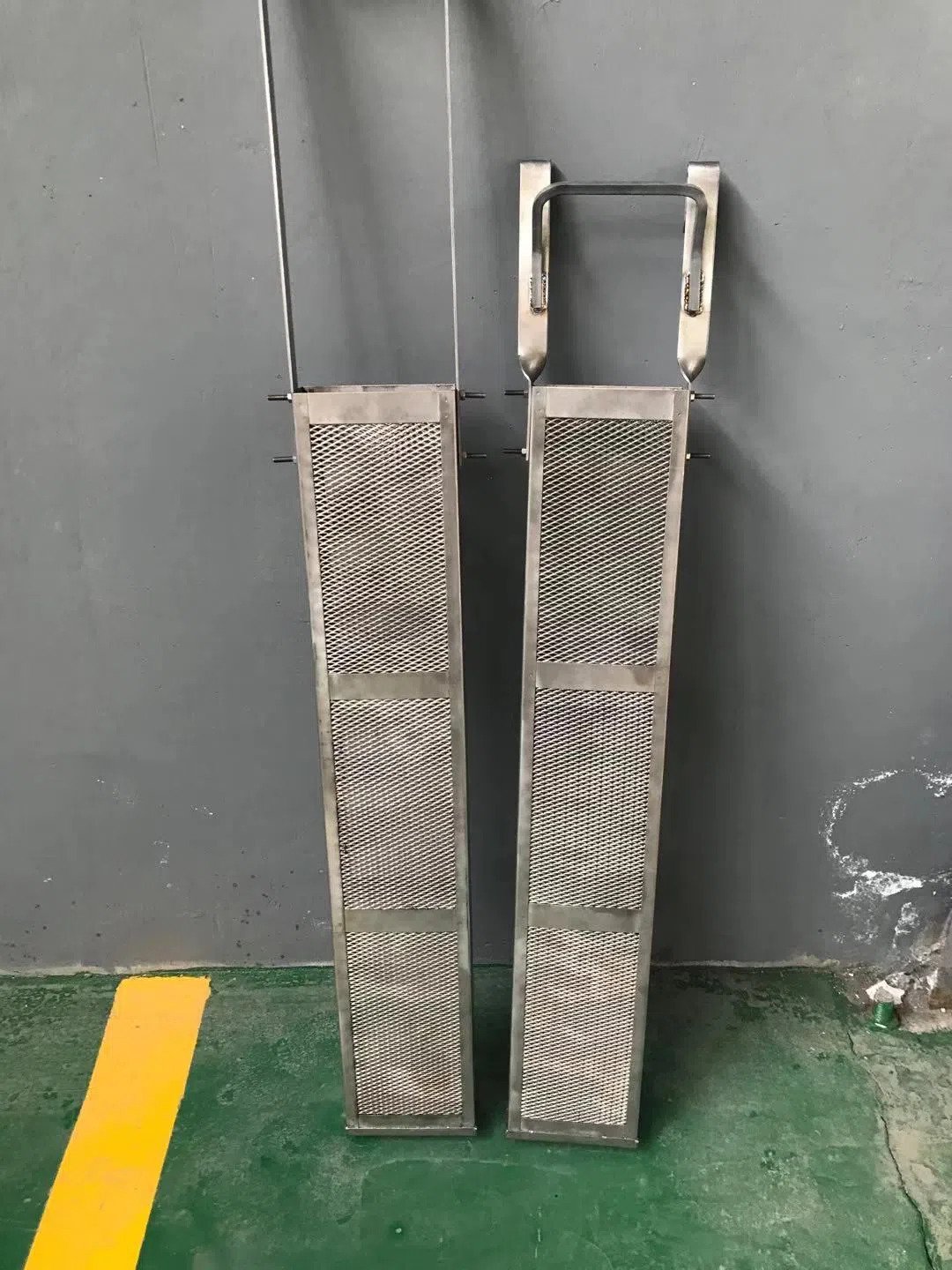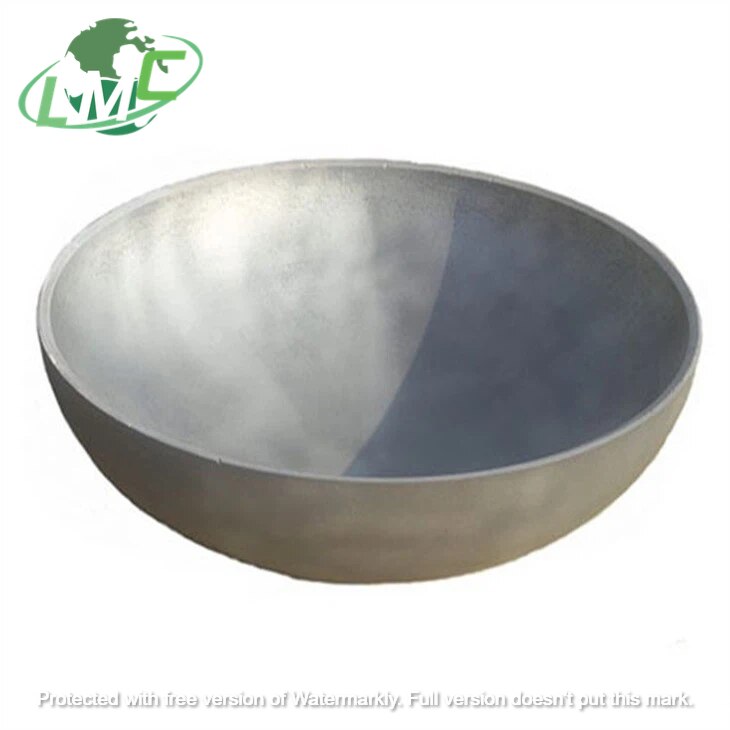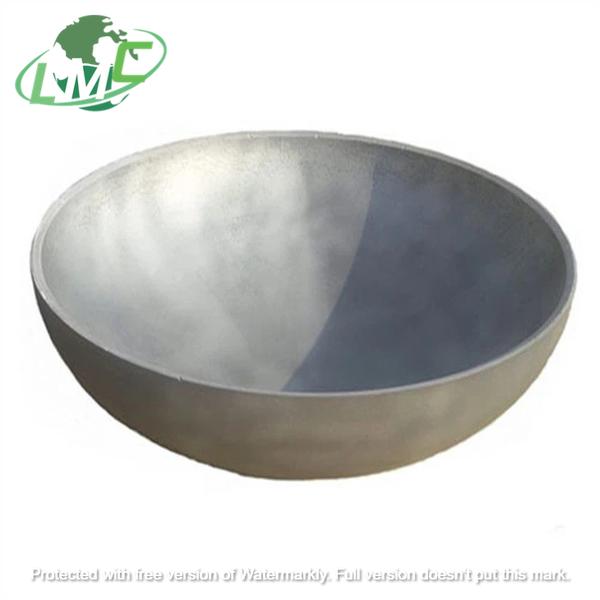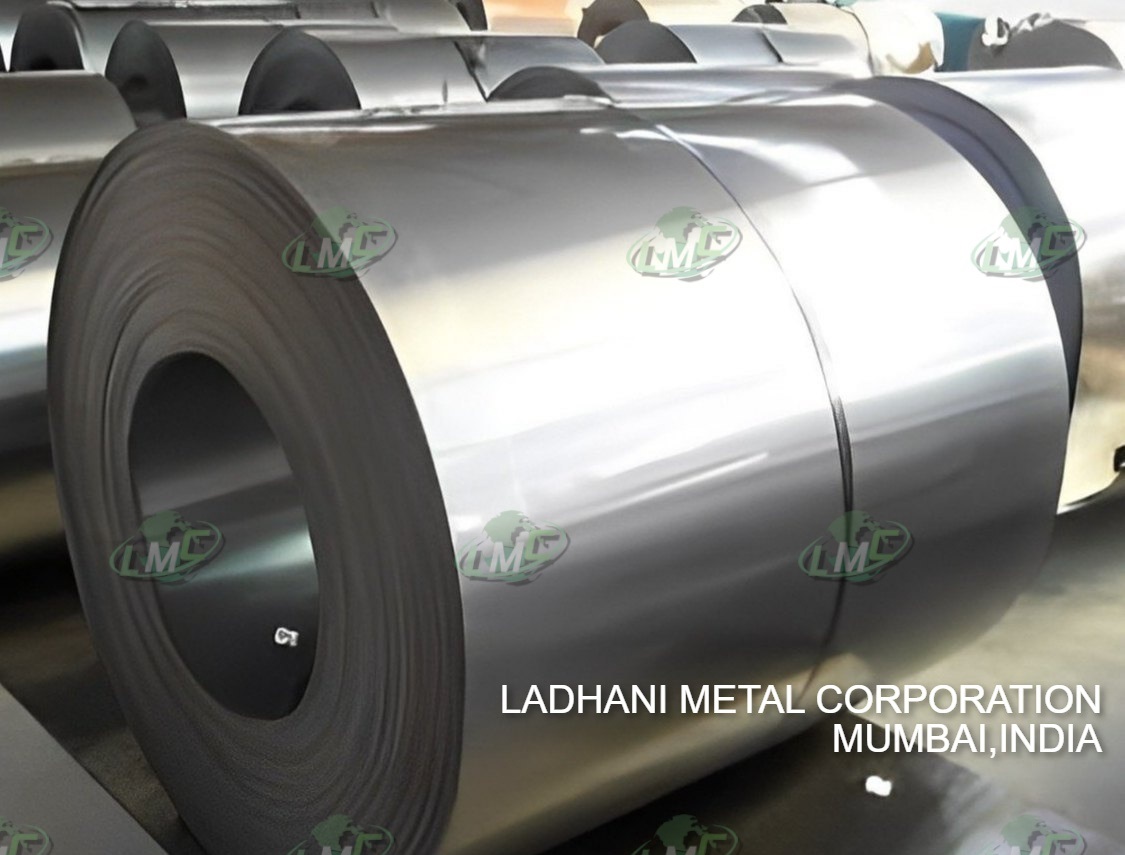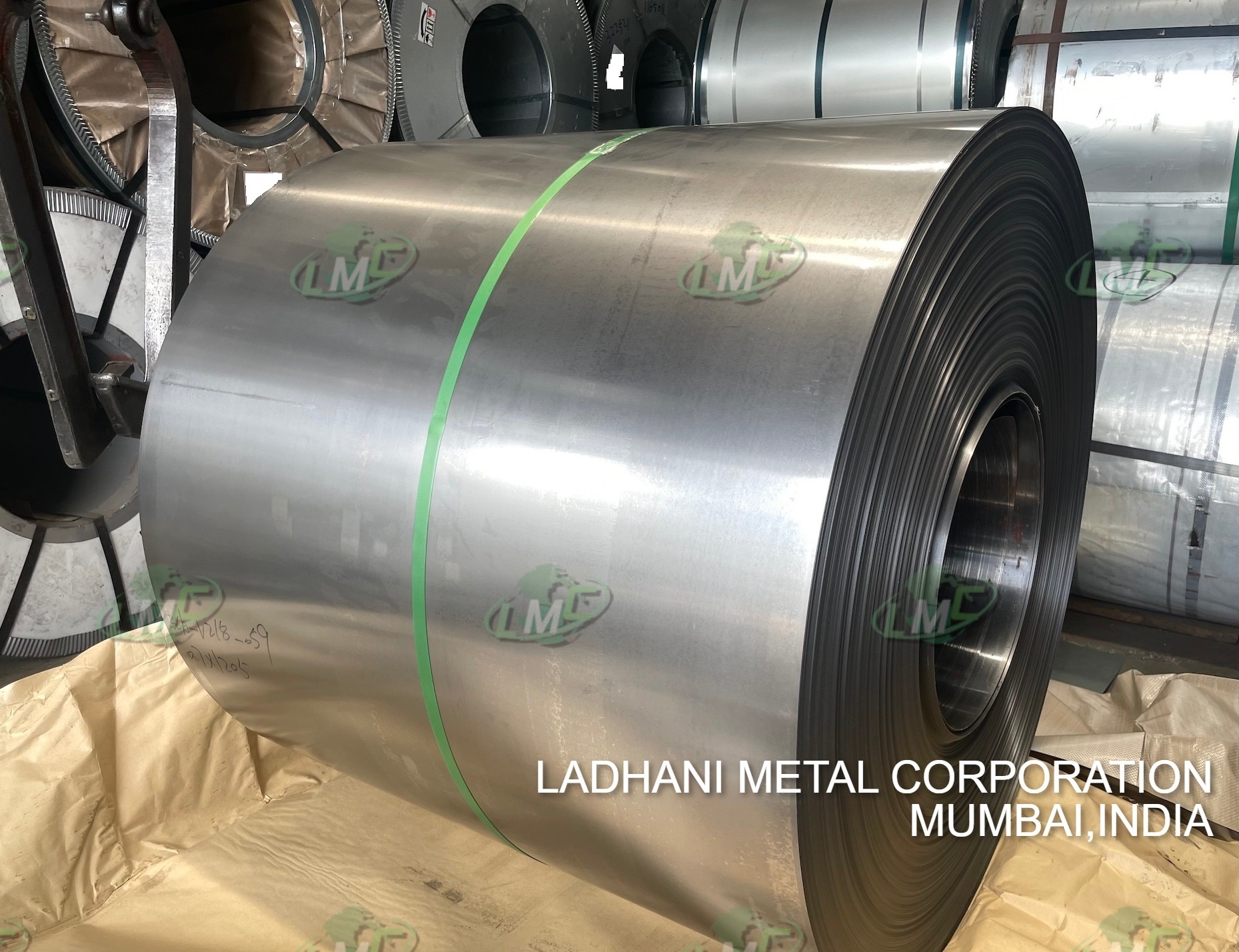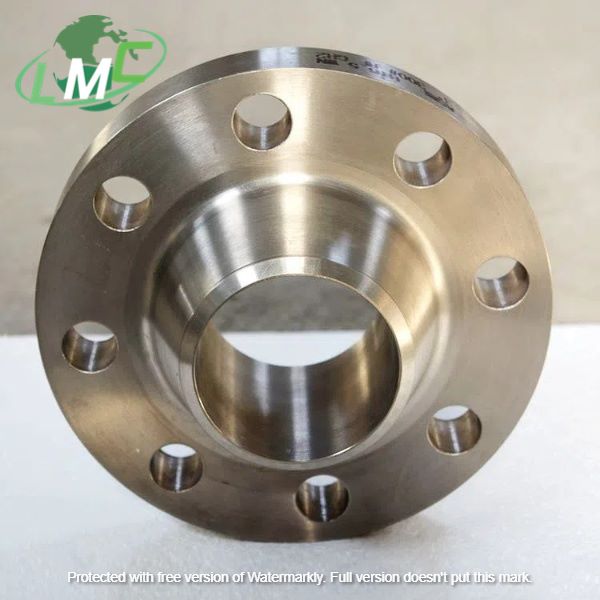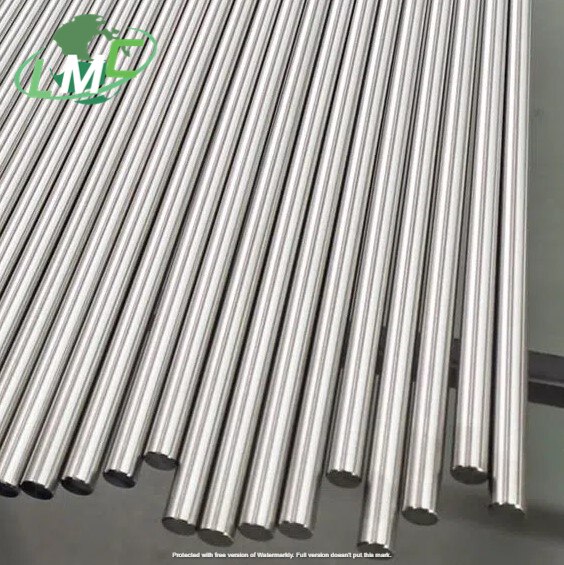Product Name: Titanium Anode Basket Material: Gr1, Gr2 Size: Customized Application: Anodizing Electroplating Plating Shape: Rectangular, round and spiral etc. Product Information Titanium basket has high strength, light weight, corrosion resistance and has a layer of oxide film on the surface. This film can prevent the current from passing through the titanium basket under normal electroplating conditions and make the current flow directly to the anode material in the titanium basket. There are various types of titanium baskets, including round, rectangular, and dish-shaped etc. It can also be specially designed according to the requirements of customers
Send Message
